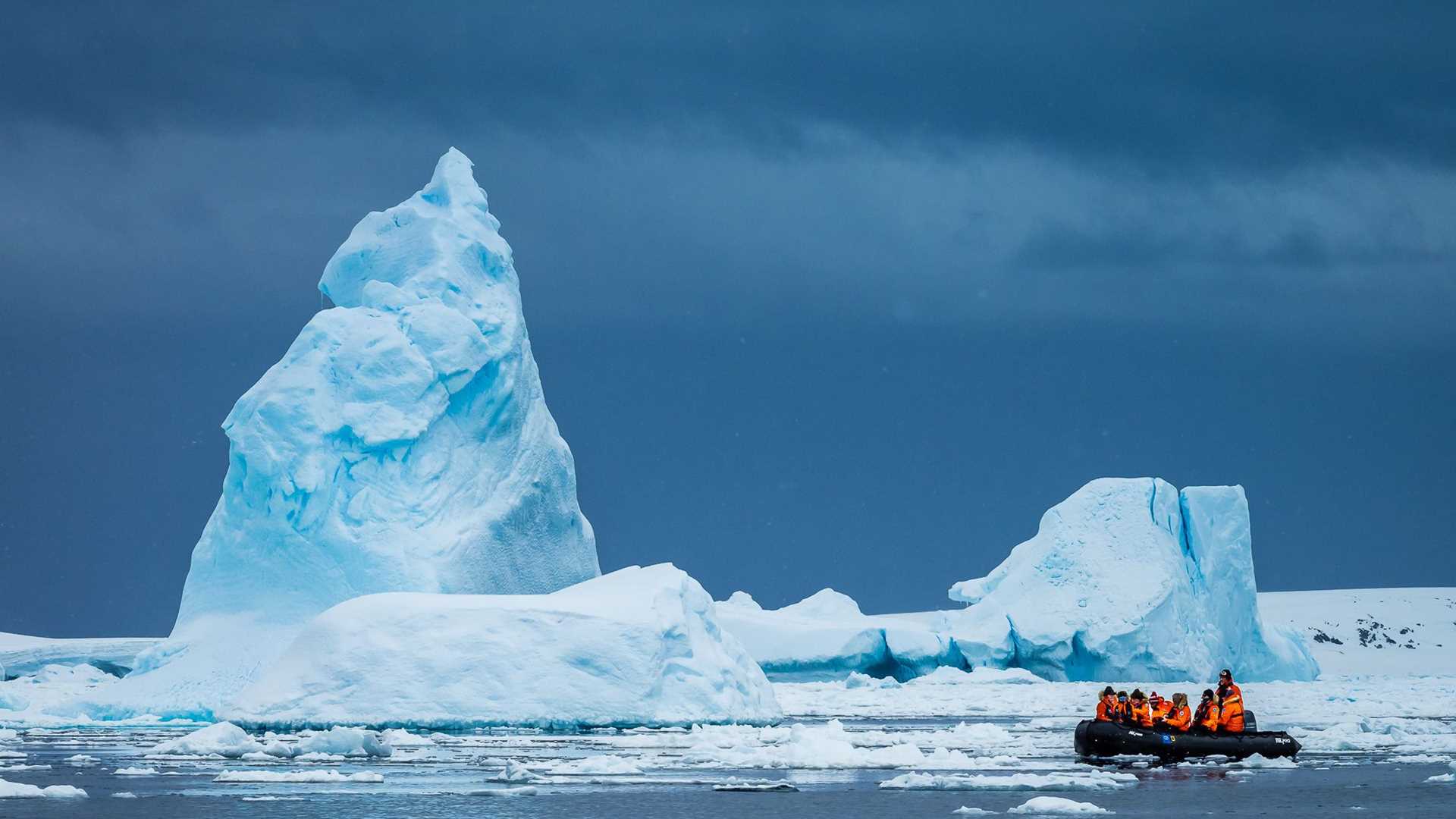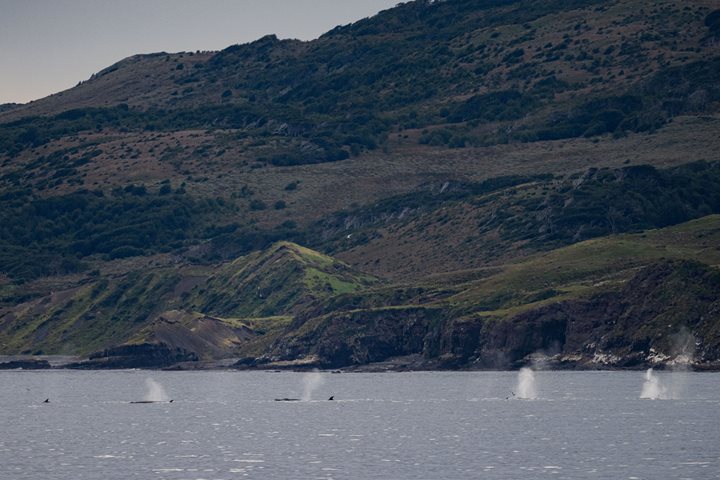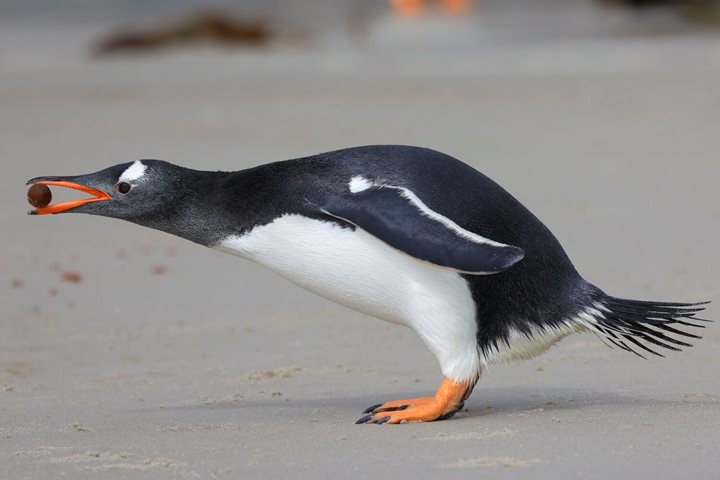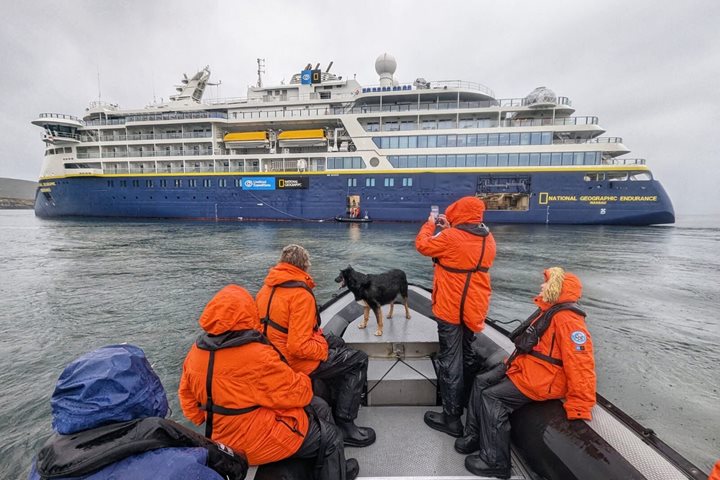After navigating the narrow Lamaire Channel last night, today the National Geographic Resolution explored farther south in the ice-choked waters along the Antarctic Peninsula. Every place we visit is historic or this amazing polar vessel on its inaugural voyage.
We began our day exploring an ice sculpture garden by Zodiac. Strong currents swirling around Booth Island strand large ice bergs in the shallow channels where they slowly melt and calve into artistic forms.
In the afternoon the ship and Zodiacs navigated through the ice for our landing on Peterman Island. Home to gentoo and Adelie penguins, it was fun to observe the antics of the penguins and explore the different scenic vantage points with the mountainous Antarctic Peninsula as a backdrop.
Another mind-blowing day!







